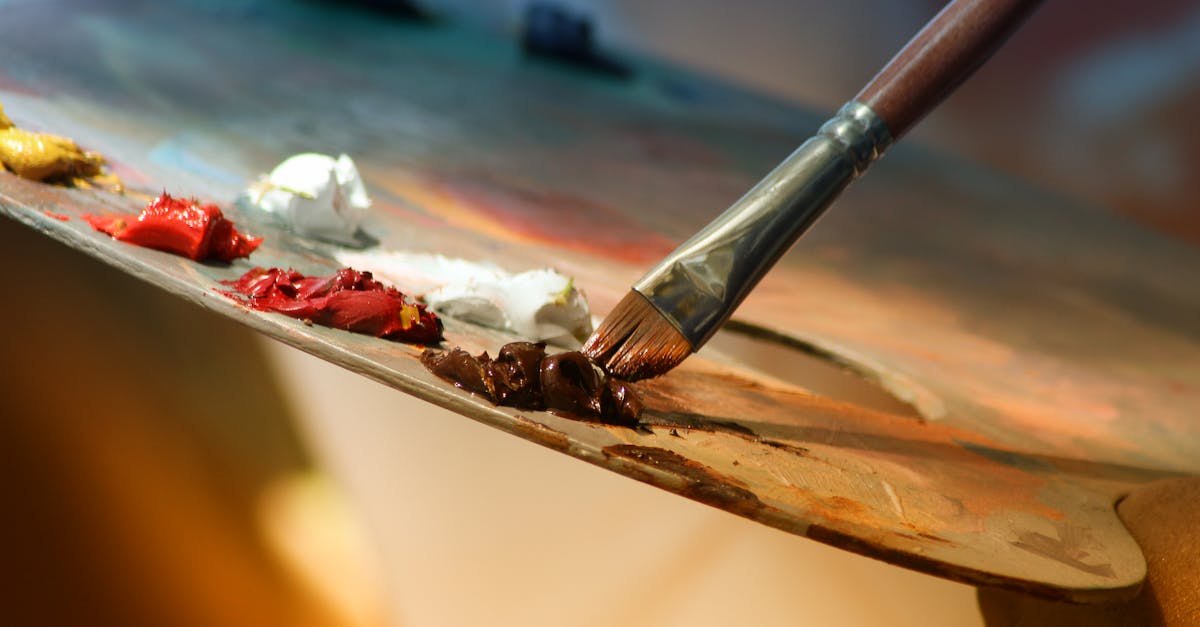Oil painting is a revered form of artistic expression that has captivated the imaginations of creators for centuries. The rich, vibrant colors and blendability of oil paints make them a favorite medium among artists looking to create intricate and visually stunning masterpieces. However, like any art form, oil painting comes with its own set of pros and cons that every artist should consider before diving into this immersive world of creativity.
Pros of Oil Painting:
1. Versatility: Oil paints are known for their versatility and flexibility. Artists can manipulate the texture and consistency of oil paints to create a wide range of effects, from thick impasto strokes to delicate glazes.
2. Vibrant Colors: Oil paints have a rich and intense color saturation that brings depth and vibrancy to any artwork. The pigments in oil paints retain their brightness and luminosity over time, making oil paintings true classics that can stand the test of time.
3. Blending and Layering: One of the most attractive qualities of oil painting is the ease with which colors can be blended and layered on the canvas. This allows artists to create smooth transitions and subtle gradients that add depth and dimension to their paintings.
Cons of Oil Painting:
1. Drying Time: One of the biggest drawbacks of oil painting is the extended drying time of oil paints. Depending on the thickness of the paint and environmental conditions, oil paintings can take days, weeks, or even months to fully dry. This can be frustrating for artists who prefer to work quickly and see immediate results.
2. Toxic Fumes: Oil paints contain toxic solvents and chemicals that can release harmful fumes into the air during the painting process. Artists working with oil paints should take precautions to ensure proper ventilation in their workspace and use protective gear such as gloves and masks.
3. Cleanup and Storage: Oil painting requires meticulous cleanup and storage to maintain the quality of the paints and brushes. Unlike watercolors, oil paints cannot be easily washed off with water, and artists must use solvents and oils for cleaning their tools, which can be time-consuming and messy.
Oil Painting and Mental Health:
The process of oil painting can be a therapeutic and meditative practice that promotes mental well-being and emotional expression. Many artists find solace in the act of painting, using it as a form of self-care and stress relief. The slow and deliberate nature of oil painting encourages artists to focus on the present moment, fostering mindfulness and relaxation.
Watercolors vs. Oil Painting:
While both watercolors and oil painting are popular mediums in the art world, they offer distinct advantages and challenges for artists. Watercolors are known for their transparency and luminosity, making them ideal for creating delicate and ethereal artworks. On the other hand, oil painting allows for more control and precision in blending colors and creating texture on the canvas.
In conclusion, oil painting is a multifaceted art form that offers a wealth of creative possibilities for artists. By weighing the pros and cons of oil painting, artists can make informed decisions about whether this medium aligns with their artistic vision and goals. Whether you are drawn to the vibrant colors and blendability of oil paints or the therapeutic benefits of painting for mental health, oil painting is a rewarding journey that invites artists to explore the depths of their creativity and imagination.


